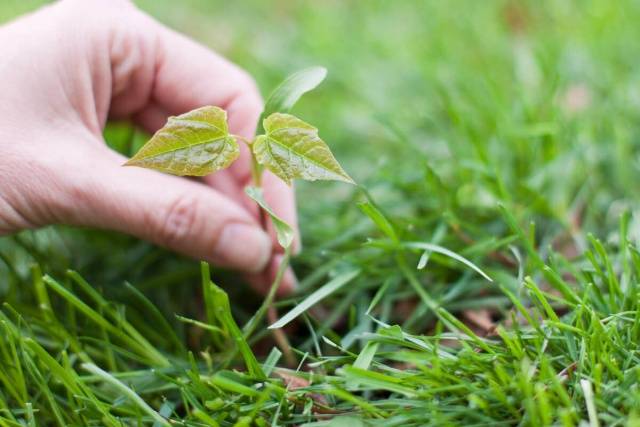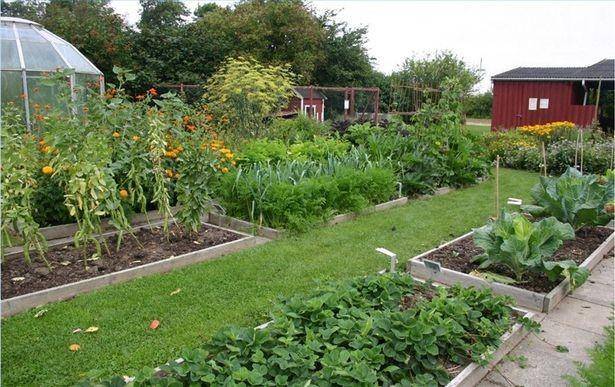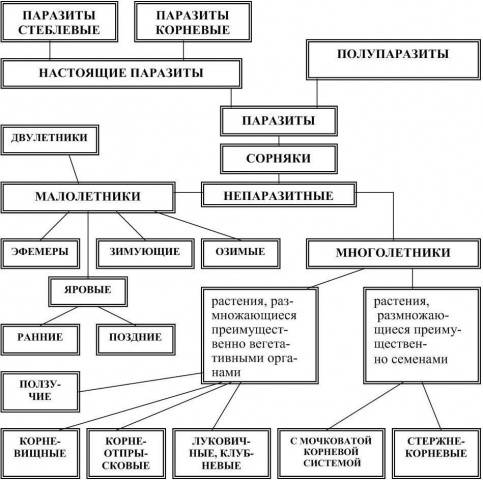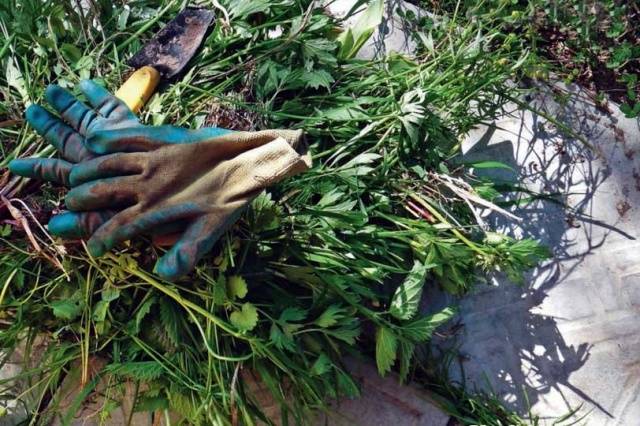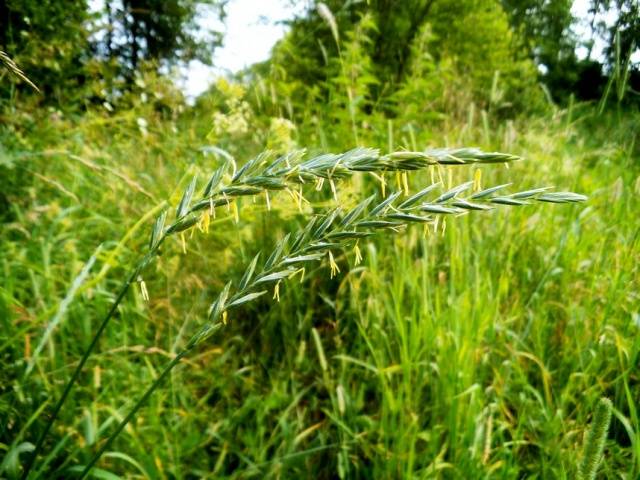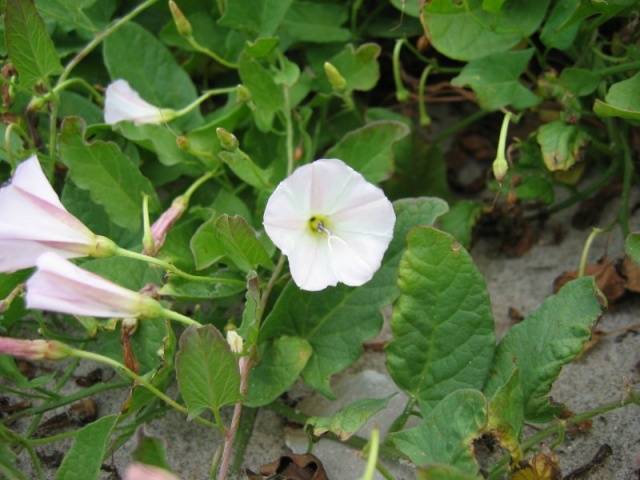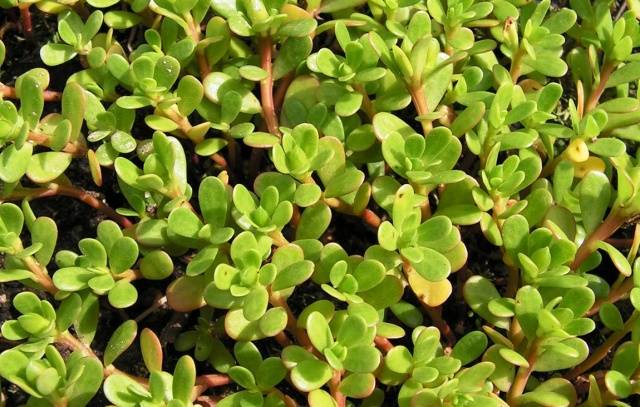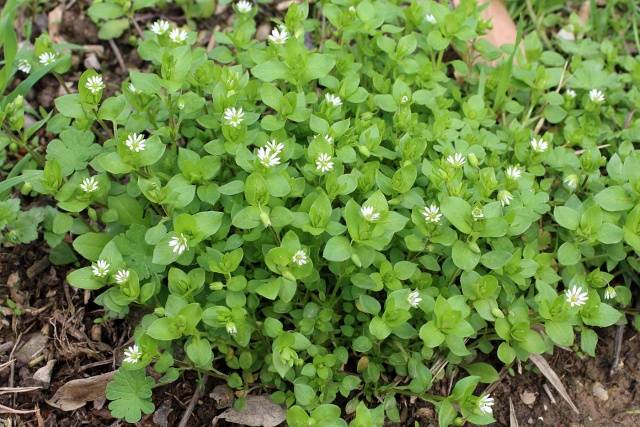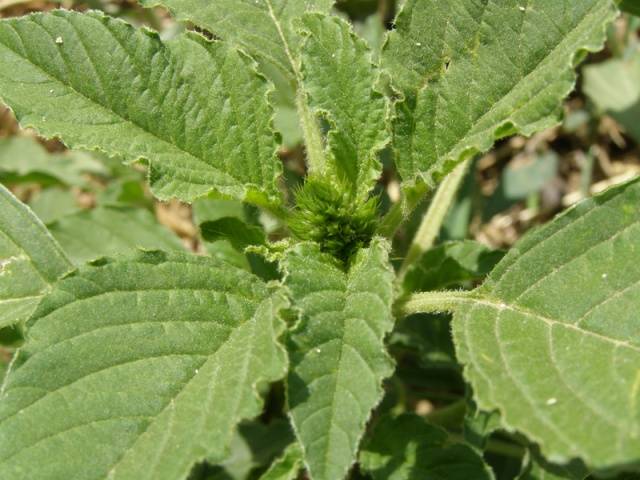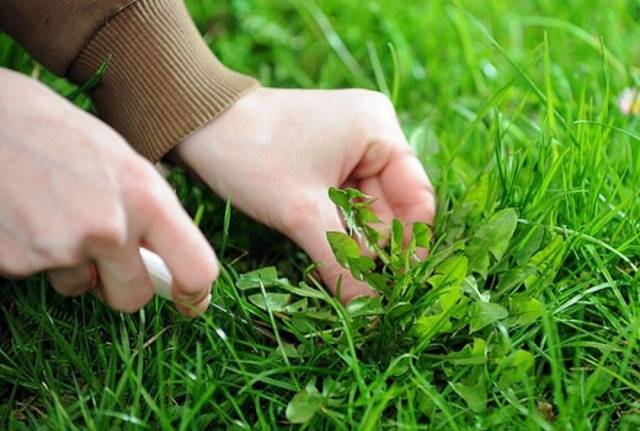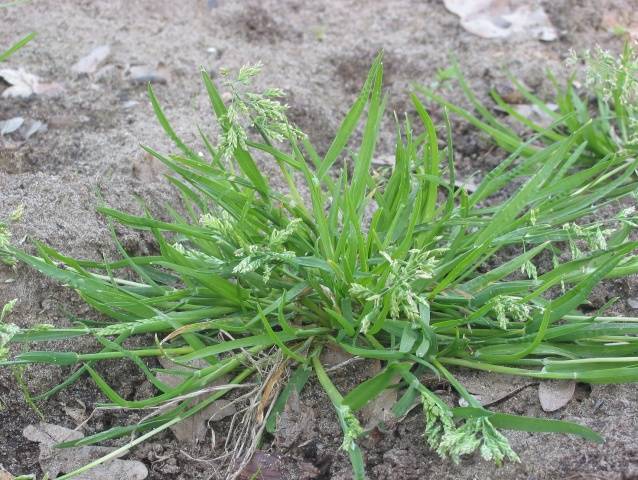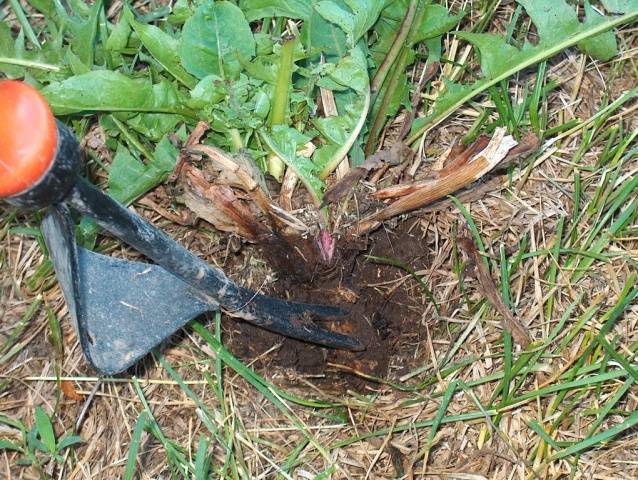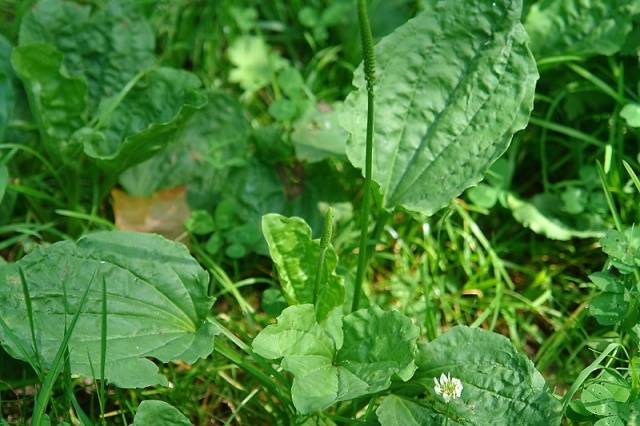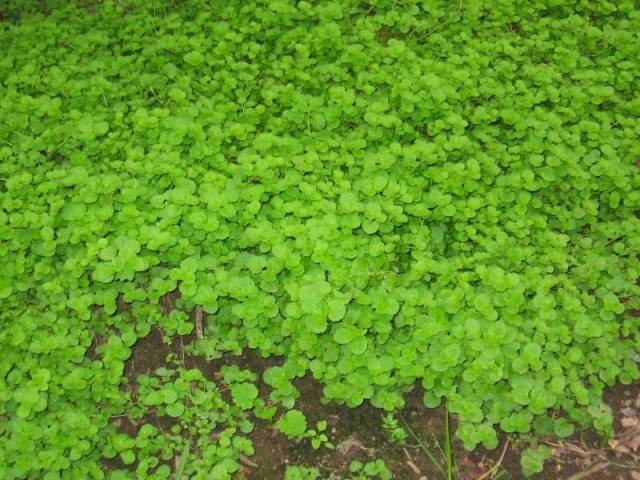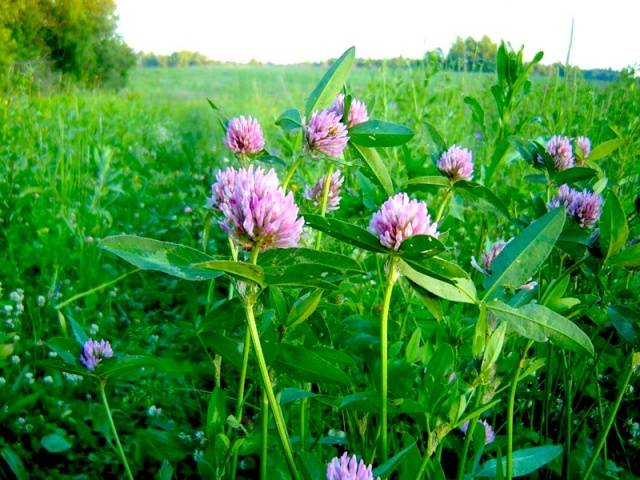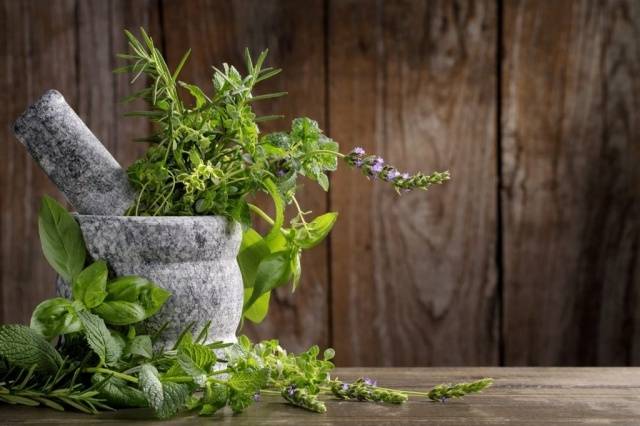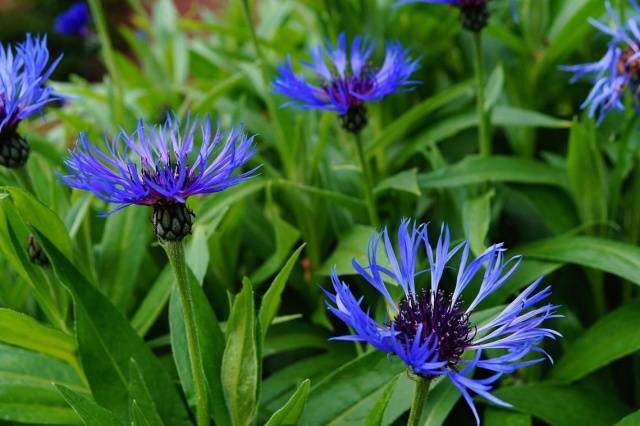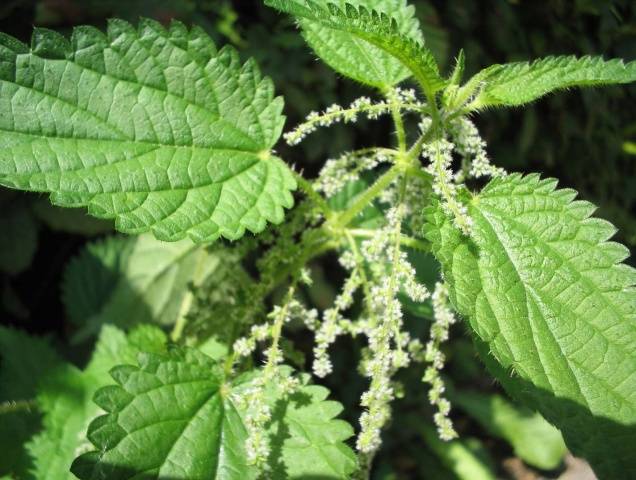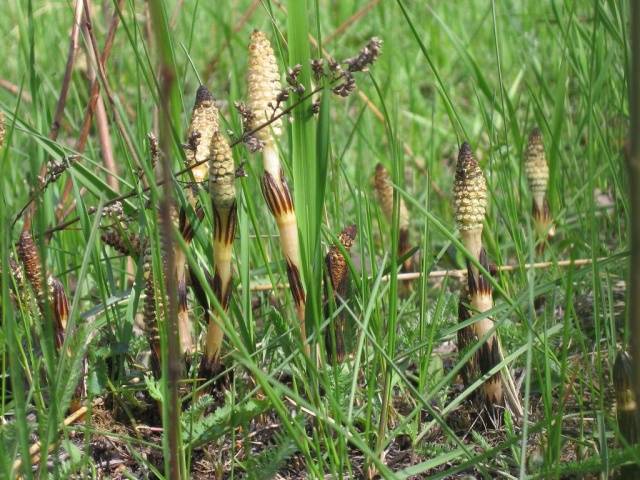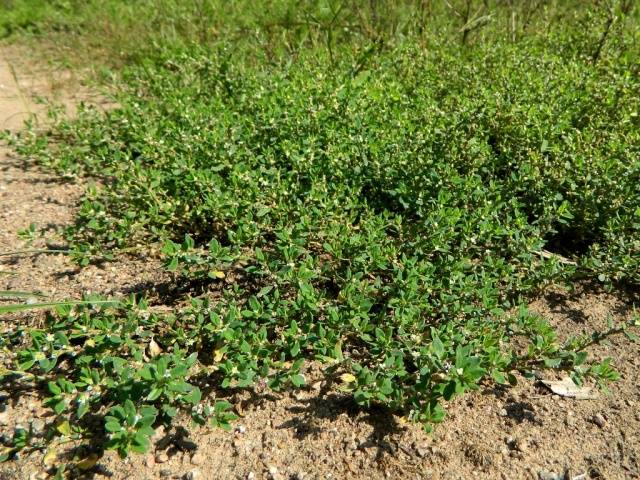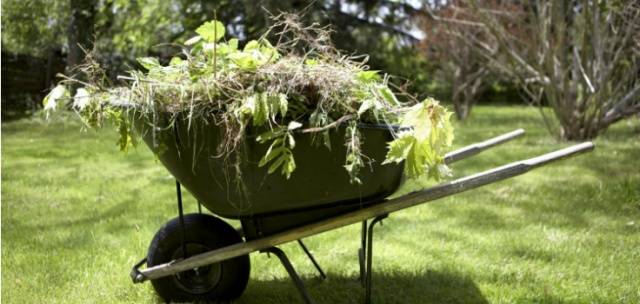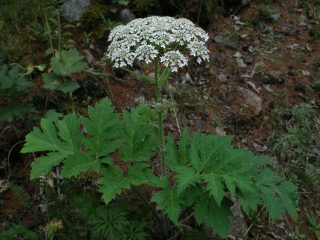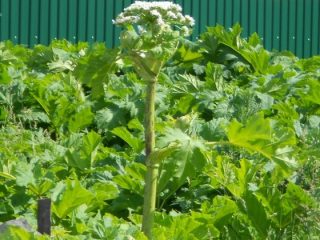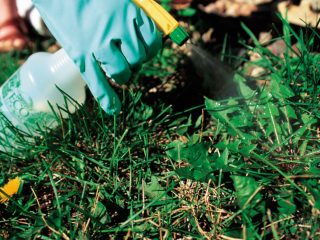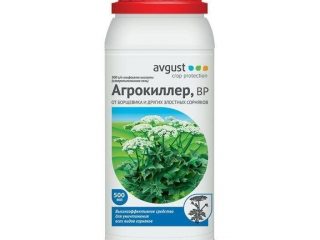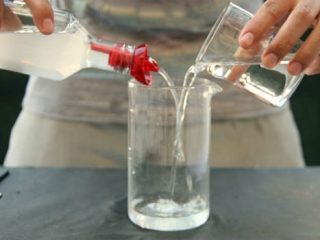Content
Every summer resident is familiar with weeds: throughout the summer season, gardeners have to fight these pests of beds, flower beds and lawns. Each host has their own methods of dealing with weeds: someone pulls up the grass by the roots, someone finds it easier to periodically weed the area, in the most neglected and hopeless cases, herbicides are used.
Are all weeds dangerous for cultivated plants, what is their classification - the article about weeds in the garden, with names and photos, will tell you about everything.
Weed species
Weeds are plants that appear on their own, without human help. Today, there are more than two thousand names of weeds, more than a hundred of them can be dangerous to animals or humans.
Garden weeds can harm not only cultivated plants, among them there are poisonous crops containing toxic substances. Even the simplest weed is not at all harmless, because it:
- takes away from vegetable or cereals crops moisture;
- sucks out all nutrients and fertilizers from the soil;
- creates unnecessary shadow;
- attracts pests and becomes a source of disease.
All this complicates the fight against weeds, and in order for their extermination to take place quickly and efficiently, it is necessary to "know the enemy by sight" - to get acquainted with the classification and types of garden weeds.
Classification of weeds in the garden
A wide variety of weeds can be found in the country, some need to be got rid of as quickly as possible, while others can even bring some benefit. Among weeds, medicinal plants are common, weeds used as feed for livestock or poultry, there are even herbs that can be eaten by humans (for example, dandelion or nettle).
To deal with the weeds of the summer cottage, their classification will help. These plants are divided according to several characteristics:
- life expectancy;
- breeding method;
- type of food.
Main division: into juvenile and perennial weeds... In turn, juvenile plants are divided into several more groups:
- Ephemeral plants - differ in the growing season, the duration of which is less than one season.
- Spring grasses are also called annual weeds and have a lifespan of one season. It is with spring weeds that summer residents and gardeners most often have to fight.
- Winter annual grasses begin their life cycle in autumn, they appear from the ground together with winter varieties of cereals, and therefore are most often found in the fields.
- Biennial plants have a life cycle of two seasons.
Weeds from the group of perennial plants are capable of propagating both by seeds and vegetatively. The peculiarity of these herbs is that they can grow in one place for up to four years, each year, throwing out new shoots.
The aboveground part of such weeds dies off immediately after the seeds ripen, but the root system continues to live, in the spring fresh shoots sprout from the roots.
According to the way of feeding, all weeds can be divided into parasitic or non-parasitic. The latter have their own root system, green mass and can grow unaided. But parasitic weeds definitely need a "donor" to which they can cling, since these grasses have neither roots nor leaves, therefore they do not feed on their own.
To completely get rid of a perennial plant, it is necessary to remove from the soil not only its aboveground part, but also the entire root.
The most common weeds in the garden
Plants from this group are most often found on vegetable beds... They feel great on an area that is regularly watered, fertilized and rid of pests.
Classification with photographs will help to recognize such weeds - every summer resident should know the names of these plants.
"Wheatgrass creeping"
Probably the most common herb found in suburban areas and vegetable gardens. Wheatgrass also often grows in fields, near roads, and you can find it on the banks of rivers.
Wheatgrass reproduces by the root system, it is very strong and branched. The speed of grass spreading over the site is very high - in a few months the weed will occupy the entire free area.
The grass has a straight and long stem, narrow, slightly rough leaves. The plant belongs to the family of cereals, so its seeds are enclosed in small spikelets. Wheatgrass can grow on any soil and is able to withstand negative external conditions.
Wheatgrass is a perennial crop. To get rid of it once and for all, you need to exterminate the entire root system. If this is not done, very soon the entire area will turn into a green meadow with weeds.
"Field bindweed"
Another perennial. The popular name for the weed is birch. The weed spreads very quickly and takes up vast areas. One plant can fill up to two square meters of the site.
The stem of the bindweed is long - up to 180 cm, the roots go deep into the ground. The grass entangles cultivated plants, creates shade, interferes with the growth of leaves and stems, and takes moisture and nutrients from the roots of the garden crop.
The leaves of the bindweed are pointed, it blooms with white flowers. To get rid of the weed, you will have to completely dig out all its roots.
"Garden purslane"
This weed is annual and propagates only by seeds. Discover purslane it is possible on a reddish stem, the length of which is 50-60 cm, and fleshy leaves. Weed shoots, common throughout the site, are easy enough to pull out - the fight against purslane will be short-lived.
There is also a benefit from this weed: purslane has medicinal properties, can be used in cooking as a spice or additive to certain dishes.
"Mokritsa"
This weed belongs to the class of juveniles, moreover, it is ephemeral, that is, it grows for less than one season. The first shoots of woodlice appear in early spring, if they are not weeded out, the grass will grow into a continuous thick carpet.
Tender shoots of carrots suffer most from woodlice. When the drought begins wood lice dies if the site is not watered.
"Shiritsa thrown back"
An annual plant from the spring group. Salient feature squid - phenomenal ability to reproduce. The fact is that numerous weed seeds are so tenacious that they are not afraid of mechanical damage and can be in the ground for about 40 years, retaining the ability to germinate. However, seeds that are in the ground deeper than three centimeters will not be able to germinate.
The stalk of the squid is very high - up to 150 cm, the leaves are large, oval-rhombic, the inflorescences are collected in panicles.
Lawn weeds
Not only farmers have to deal with unnecessary grass, gardeners are also familiar with this problem firsthand. Weeds can ruin a beautiful lawn, a flower arrangement in a flower bed or in discount. Therefore, gardeners have to remove them regularly or use herbicides.
"Bluegrass"
This herb is annual, it is difficult to notice it right away, since bluegrass seedlings are very inconspicuous. But soon the plant begins to bloom, and the area is covered with ugly islands of weed.
Bluegrass grows well in low-lying areas of the garden, this grass loves moisture and shade. It is easy to remove the weed if you cut off the stem or uproot the plant, for several years you do not have to worry about the reappearance of this grass on the site.
"Dandelion"
Everyone is familiar with the dandelion. This plant looks very impressive on a carpet of spring young grass, dandelion flowers are loved by children, wreaths are woven from it. But this weed is good only in the wild, on the lawn there is no place for a dandelion.
Getting rid of a dandelion in the country is not so easy, this weed has very powerful and fleshy roots. If only the aerial part of the plant is cut off, the weed will most likely germinate again. Pulling out fragile roots is quite difficult, so dandelions are most often fought with the help of herbicides.
"Buttercup creeping"
This weed is known for its ability to travel along the ground, twisting the stems of cultivated plants. The length of the stem of a buttercup can be up to a meter, its leaves are tubular.
Buttercup propagates by both seeds and vegetatively. It grows mainly on moist soils, in places where the sun's rays rarely penetrate.
"Plantain"
Probably everyone knows about the medicinal properties of plantain, but besides this, the plant is a weed. Plantain bushes love dense, even trampled soils, so the grass can grow through a dense lawn carpet or between the tiles of a garden path.
A garden fork, a special device for uprooting weeds, will help to get rid of plantain bushes. Plantain loves moisture, so it often grows in frequently watered areas or in dense shade.
If the weed has grown too much in the garden, you will have to use herbicides.
"Veronica filamentous"
This weed is quite low - a maximum of 12 cm in height. The stalks of Veronica are thin and inconspicuous, but the weed reproduces very well by shoots.
Veronica filamentous grows mainly on well-fertilized soils with high humidity.
"Clover"
Clover, useful for agriculture, is completely out of place in the garden or on the lawn. It is very difficult to deal with this weed. Clover is a perennial weed, its stem can be up to half a meter long.
Clover roots are pivotal, go deep underground, and the leaves are oval. If clover has grown on the site, you need to think about the amount of nitrogen in the soil - the germination of this weed may indicate a lack of this fertilizer.
Useful weeds
Surprisingly, not all weeds are equally harmful - some of them are of some benefit to plants, humans or pets.
"Blue cornflower"
This herb is considered medicinal, because it can relieve problems with the genitourinary system and soothe pain, has a choleretic and wound healing effect. In addition, cornflower is used in cooking for coloring creams or soufflés - for this they take blue cornflower flowers.
"Nettle"
Young nettle that appears in early spring is a source of many vitamins. The infusion of this herb is used as a multivitamin cocktail, because it contains carotene, vitamin C and many other useful substances.
"Horsetail"
A perennial weed, often found in vegetable gardens and orchards, can also be used to a benefit.From horsetail, infusions are made that treat inflammation of the bladder, this herb can also be used as an antibiotic, because it has antimicrobial effect.
"Sporysh"
Ordinary grass, which "adorns" all parks, lawns, orchards and vegetable gardens, can also have a healing effect. Knotweed leaves contain flavonoids, essential oils and coumarin.
The infusion is used as an antipyretic agent, it is used to treat colds, heal wounds and ulcers.
Outcomes
Largely weeds do a lot of harm gardens and vegetable gardens, but even among them you can find useful plants that can cure a person or be used in cooking.
If you do not remove weeds from the site in a timely manner, you can lose all your plantings. Weeds take water and nutrients from crops, create shade and promote pests.
Weeds can be fought in different ways: by pulling out the grass with your hands, prickly weeds can be removed with a hoe, and especially tenacious weeds are removed with the help of chemicals (herbicides). The photos and names of weeds presented in the article will help determine which weed has grown in the garden, and draw up a plan to combat it.

